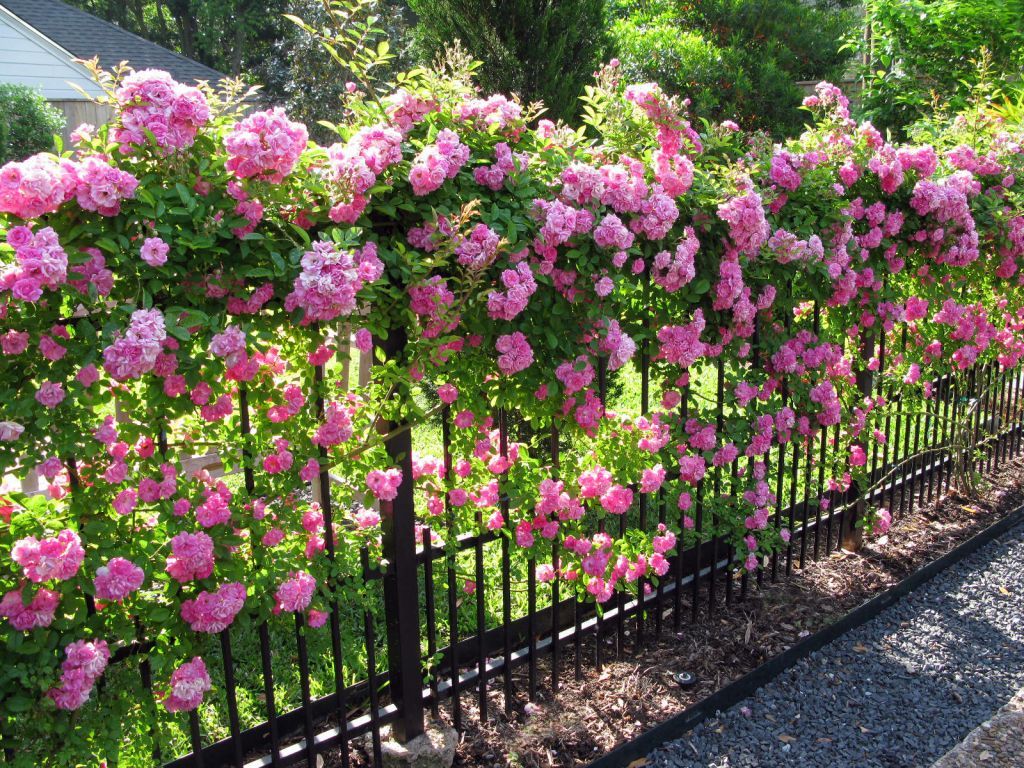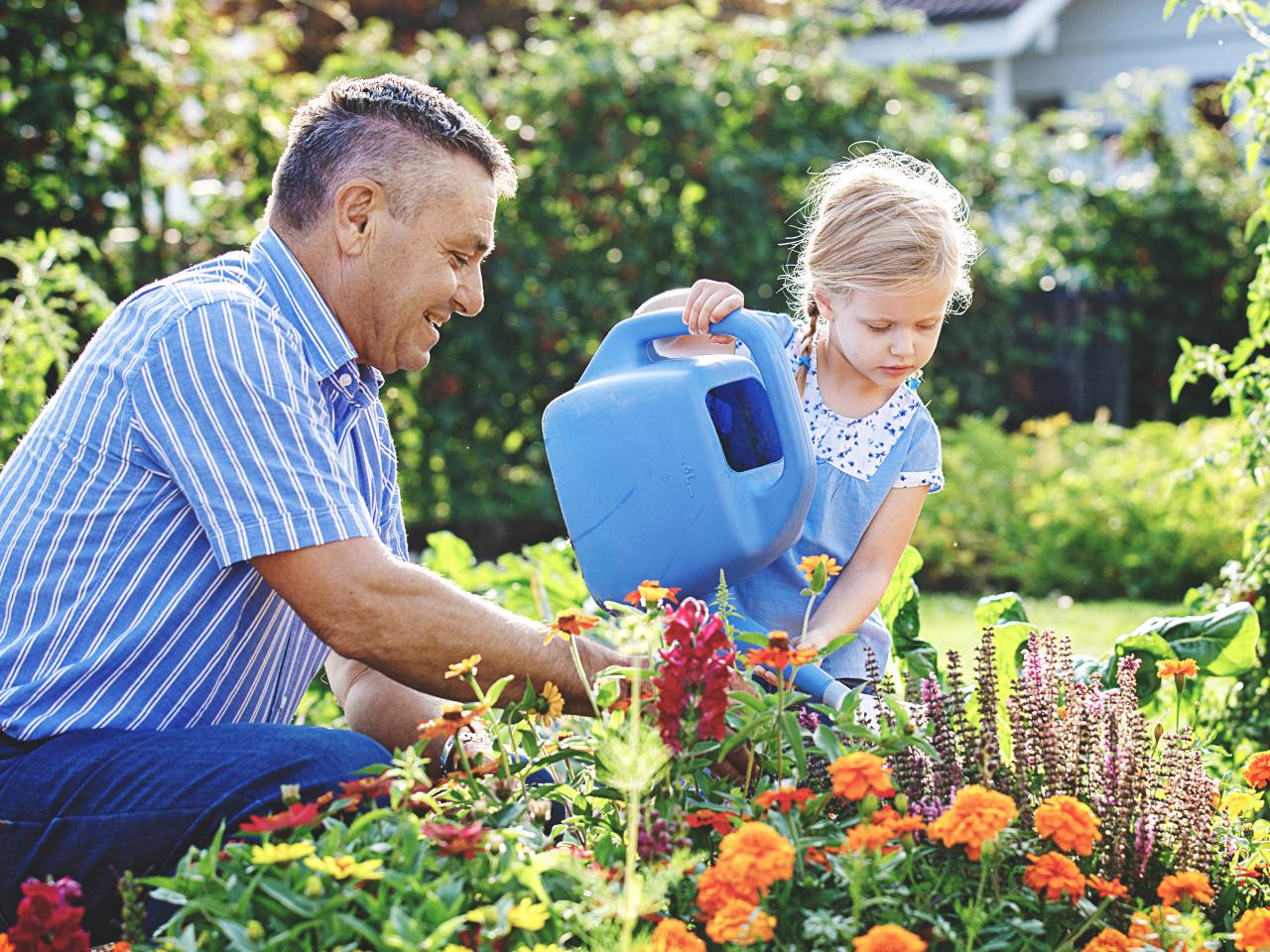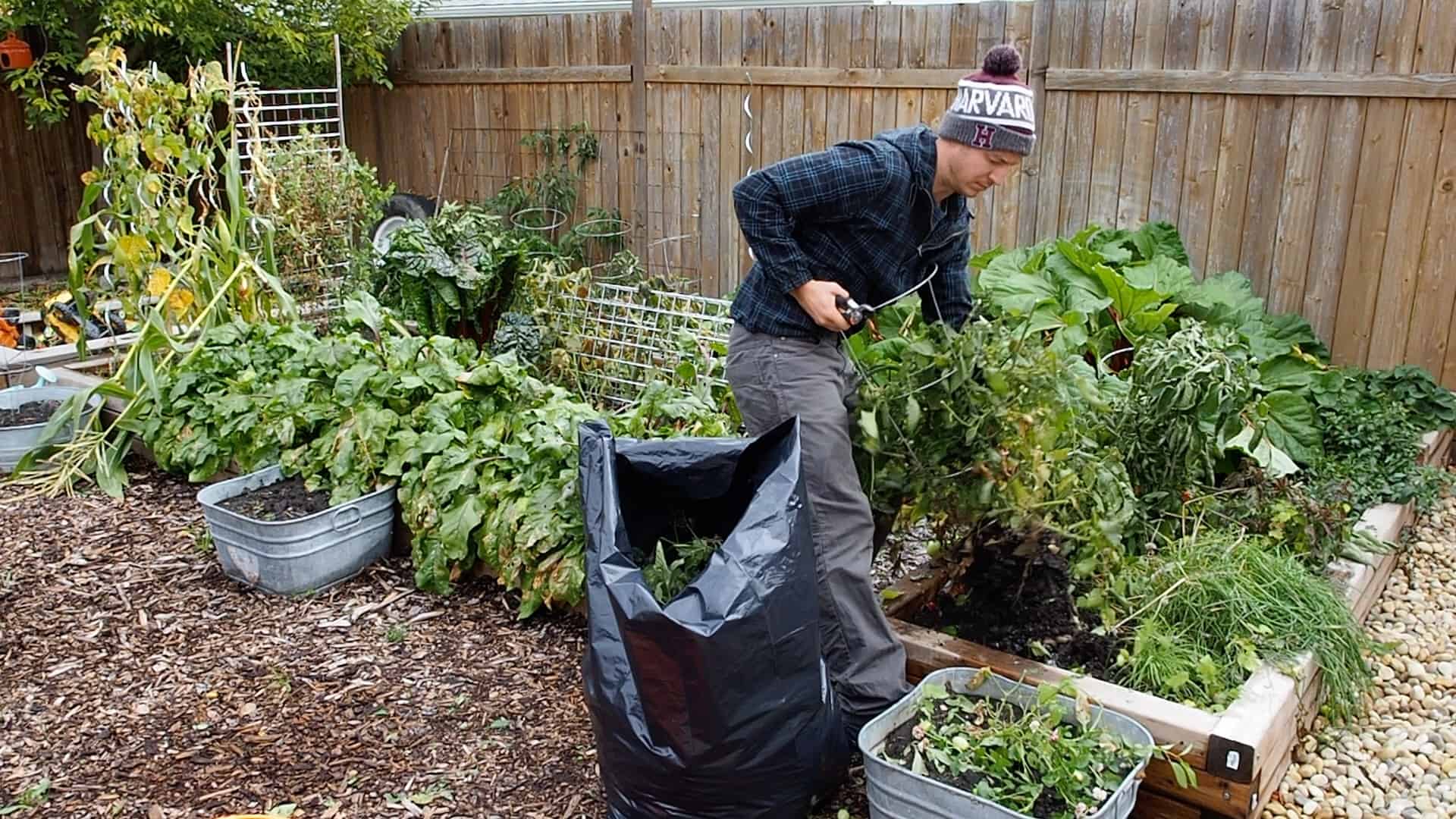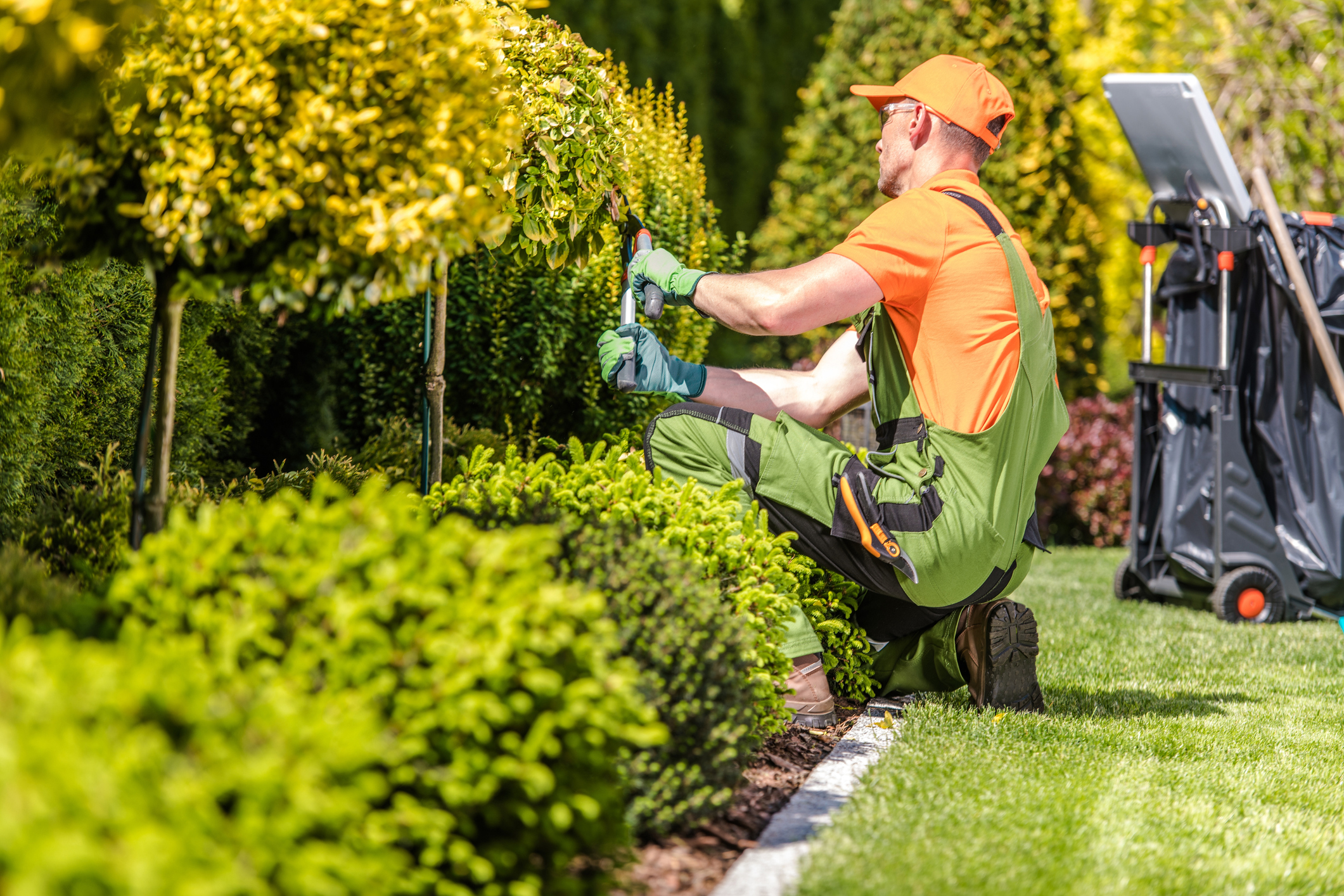Climbing roses are beautiful flowering plants and today they are the most widely grown ornamental plants in the garden, placed along walls, fences and even gazebos. They have a typically romantic charm thanks to their appearance and fragrance, and growing them is not as difficult as it seems.
Here is a complete guide to climbing roses, their characteristics, how to grow them, even in pots, and how to prune them. You will also find all the information you need about which varieties are available and which ones will grow best in the space you have available.
Climbing Roses: Characteristics
Climbing roses are shrubby plants that belong to the Rosaceae family. They have sarmentose stems made up of semi-woody, branched and rather thorny stems. The leaves have serrated edges and are dark green. The flowers of roses are solitary or in inflorescences and always consist of many petals, the number and colour of which varies according to the species.
Roses also have fruits, called hips, which are very decorative and vary in shape and colour depending on the species. They contain achenes, small yellow or brown seeds.
Growing Climbing Roses
Let’s take a look at the guidelines.
Ideal Exposure
Roses like a sunny spot sheltered from cold winds, so think carefully about where to plant them as strong currents will damage the plant and make it suffer. The ideal spot is one that gets plenty of sun but also has some shelter, such as a veranda.
The Soil
Climbing roses grow well in fertile, chalky, well-drained soil of medium texture. The ideal soil for growing roses is slightly acidic, with an ideal pH between 6.5 and 7, but these plants will adapt to more alkaline soils. In this case they are somewhat hardier.
Watering Climbing Roses
Large amounts of water are not necessary in winter, but in spring and summer the soil should be moistened regularly to encourage growth and budding. It is very important to avoid wetting the leaves and flowers when watering.
Fertilising
From March onwards, fertilise climbing roses every 30 days with a special rose fertiliser rich in phosphorus (P) and potassium (K). The fertiliser should be applied in granular form to the base of the plant at a depth of about 15 cm. The recommended dose is approximately 20-30 g per plant. Always water well after fertilising.
Climbing Roses: Growing in Pots
Can climbing roses be grown in pots? The answer is yes!
In fact, climbing roses grown in pots are an interesting way of using plants to create a beautiful cascade of greenery, colour and even fragrance on the patio.
In this case, a different kind of planting is needed. The rose, for example, uses the balustrade of the house terrace as an ideal support for its growth, and it is a good idea to help it by choosing a pot with a diameter of at least 50 cm: this will allow the plant to grow without exploding, at least until it reaches the size of a tree trunk.
However, don’t forget to provide good drainage, as climbing roses cannot tolerate root rot. If possible, use a terracotta pot, avoiding plastic pots, and put a good layer of expanded clay in the bottom. Fill the pot with rose potting soil, preferably fibrous peat and clay, and add a good specific slow-release fertiliser. Add fertiliser at least twice a year, at the end of winter, between March and April, and again between August and September.
Repotting
Climbing roses are repotted every year at the end of winter. For good repotting, use a pot with a diameter of 60 to 80 cm. After repotting, remember to remove the top layer of soil each year and replace it with fresh soil specifically for climbing roses.
Propagation of Climbing Roses
Climbing roses can be propagated by cuttings from lignified side shoots that can be rooted in a window box in late summer. They can also be grafted in spring.
Planting Climbing Roses
Roses are planted at the end of winter and the deadline for planting is March. Always remember that the planting holes must be large enough to accommodate the entire extended root system and that the soil must be compact. Also check the grafting point, which should be free when you are finished. After planting, water well and make a mulch of bark and soil, especially if there is a risk of frost.
Pruning Roses
Pruning is essential to encourage growth and development of the lateral buds. Start by pruning the tops of the stems below the first leaf, which is at least five small leaves.
Pruning Climbing Roses
Climbing roses are usually pruned in February. If necessary, dry or damaged branches can be pruned in March.
Climbing roses are always pruned to leave 3-4 basal stems spread out in a fan shape. Side branches can be cut back to 10 cm.



